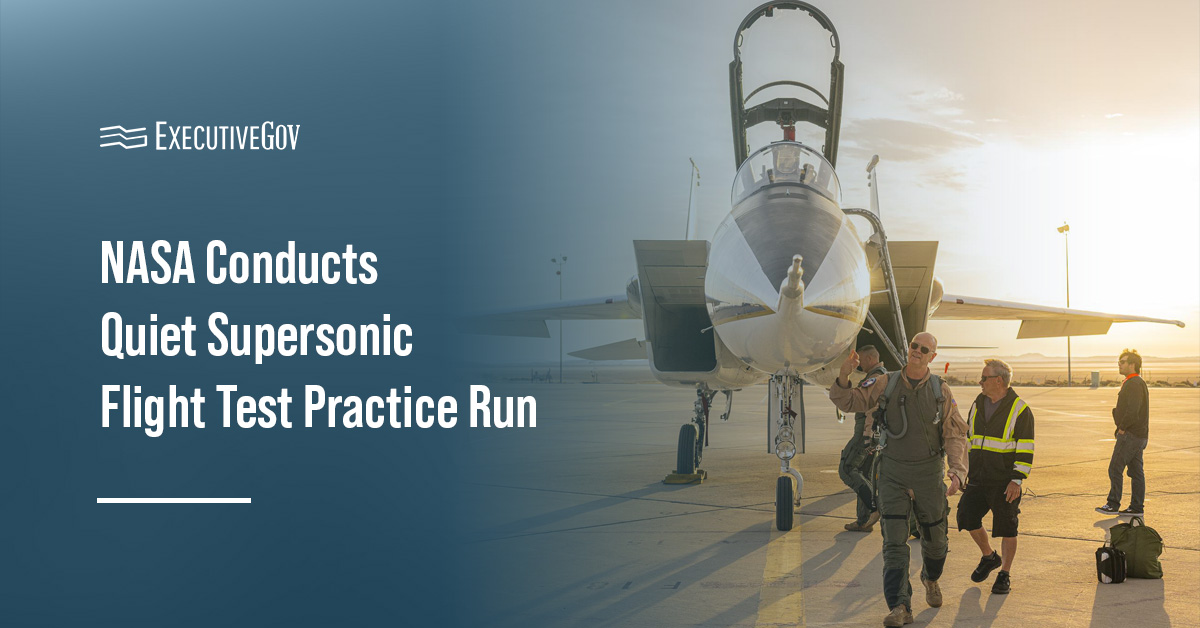NASA performed a full-scale practice run to measure the noise produced by the X-59 quiet supersonic research aircraft in preparation for the actual flight tests.
Table of Contents
Preparing for Quiet Supersonic Flight
The agency said Friday the dress rehearsal, conducted by Commercial Supersonic Technology project researchers at the Mojave Desert starting on June 3, serves as a preparatory exercise for phase two of its Quesst mission.
During the dry run at NASA Armstrong, an F-15B aircraft, serving as a substitute for the X-59, flew faster than the speed of sound over the desert. A linear array of ground recording systems spanning miles of open desert was utilized to capture acoustic data. Researchers also recorded weather readings and measured the generated shock waves.
Larry Cliatt, sub-project manager for the Quesst acoustic validation phase, said the dress rehearsal allowed them to practice the operation, from flight planning to data collection.
“In between those activities, we practiced aircraft operations, setting up the ground recording systems, meteorological data collecting and refining control room procedures. We were able to fine-tune our timelines, improve communication across teams and ensure that when we perform these tests with the X-59 aircraft, everything will run smoothly,” said Cliatt.
What Is the Quesst Mission?
NASA’s Quest mission aims to address the loud sonic boom and enable quiet supersonic flight. During phase two, the team will capture the sonic thumps generated by the X-59, an aircraft engineered to diffuse these booms and minimize noise. The demonstration’s results will be leveraged to develop design tools and technology that will enable quiet supersonic flight. In addition, the project aims to collect data to determine the community’s response to the sounds produced during flight.





